Huawei HarmonyOS 3.1 preparing for beta test
HarmonyOS 3 changelog for Huawei Watch 3 [Global]
Huawei Mate 40 series gets Turbo Charge mode
Breaking: Global Huawei Watch 3 began receiving HarmonyOS 3
Huawei Watch GT 3 HarmonyOS 3 beta delayed to next year
Huawei Watch 4 series should launch in the first quarter
Huawei, Is there any chance of EMUI 13.1?
Huawei Mate X3 launch postponed, P60 booked for the first quarter
Which non Google apps Huawei phone you purchased in 2022?
Huawei Pocket S flip phone’s 512GB version enters sale
Huawei Nova Y90 gets December 2022 update
Huawei Mate 40 series gets Turbo Charge mode
Huawei Nova 5T gets 2022’s last EMUI update
Huawei P50 Pocket gets December 2022 EMUI update [Global]
Breaking: Global Huawei Watch 3 began receiving HarmonyOS 3
Download the latest Google Play Store APK [33.6.13]
Huawei Petal Maps 3.2.0.200 brings new features
Download Huawei AppGallery App (12.7.1.300)
Google Play Store 33.6.13 is up in stock
Get the latest My Huawei app [12.1.10.300]
Huawei MateBook 14s Intel i9 sale begins
Huawei MateBook D14 SE notebook gets 16GB RAM version
Huawei MatePad SE and Pro 12.6 gets new memory version to Malaysia
Huawei MatePad Pro 10.8 gets November 2022 patch
Huawei is the only PC maker to make growth in Q3 2022 in China
HarmonyOS 3 changelog for Huawei Watch 3 [Global]
Latest Huawei tech could detect Lung infection using SpO2
Check Huawei Watch GT 2 owners’ feedback on user experience in 2022
Huawei Band 4 with SpO2 opens sale at lowest price
Huawei launches ‘Year of the Rabbit’ FreeBuds earphones engraving service
Published
on
By
Recently, ABI Research cooperation published a report on the top-ranking tech makers in IoT global technology. A total of nine companies have attained the position in this listing. However, the surprising point is Huawei and Nokia have made their place as the market leaders in IoT device management.
According to the information, Huawei and Nokia have worked on supporting the advanced technologies in key areas of IoT device management. Both companies have scalable developments and have added a new definition to IoT automation.
The analyst of ABI Research Abdullah Haider stated in his report the following words about both the market leaders:
“Beyond scalable deployments, these disruptive platform vendors are adding value by bundling their device management services with data storage, connectivity management, and application enablement. In addition, the leaders are also delivering device management services with greater granularity and superior visibility by offering a unified platform, providing metrics and alerts for the physical device and the network connectivity.”
Aside from Huawei and Nokia, companies like AVSystem, Verizon, IoTerop, Deutsche Telekom, Pelion, EdgeIQ, and Ince have also obtained a reputable rank in the report.
Ten Points of IoT Device Management
Apart from the efforts and hard work of the companies, the ranking of the position stands on ten points of device management services. These criteria are the pillar of innovation and implementation. You can check the following vital points, below.
- Communication Protocol breadth
- Group Policies
- Diagnostics and Business rules
- Remote Configurability
- Device Agents
- Ease of Device onboarding
- Secure onboarding
- Off-boarding capabilities
- Interoperability
- Partnership/Collaboration, ability to offer commercial flexibility
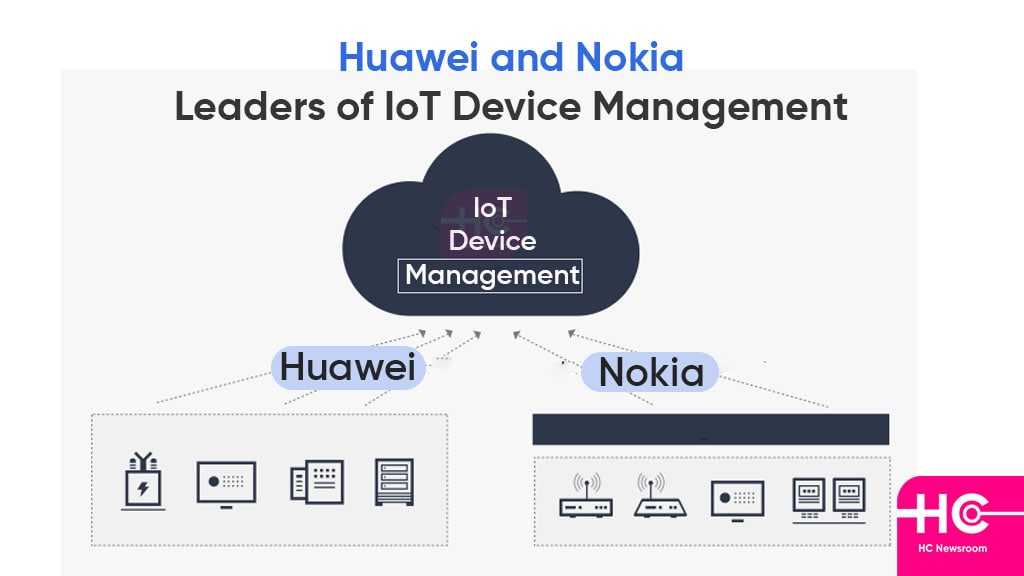
So far, Huawei and Nokia have firmly stood on all these aspects and became the top rankers in the IoT device management ranking. Alongside, the report has also indulged some basic points regarding the global spread adoption of LwM2M (Lightweight Machine-to-Machine). Somewhere this term has constantly created obstacles for the vendors.
Since the standard method is not universally applicable, it becomes tough for the manufacturer to implement and support its qualities in their devices. Yet, Huawei and Nokia have survived all the threatening factors and grabbed a good position in the market.
Speaking solely about Huawei, the company makes effective steps in making its automation the best product. We have always heard the company at the top places in the merchandise. Whether it’s the native region or the global area, the company constantly uprising in the field of technology day by day.
Consequently, there is a lot more to come in the growth and evolution of Huawei. Thus, let’s see what else rewards are waiting for the Chinese manufacturer in the time ahead.
(Source)
It’s Time! Huawei Home Storage device launched with new features
Huawei Mate 50 is not scared of iPhone 14: The Fight In ON
Yash is a graduate of computer science and followed his way into journalism, he is interested in various subjects related to technologies and politics. Yash likes to listen classical songs and has a huge library of classical mixes.
Huawei Watch 4 series should launch in the first quarter
BYD Tang SUV gets new Huawei HiCar features with OTA update
Huawei fiber-optic broadband is upgraded to 10 gigabit
Published
on
By
Huawei Rotating Chairman, Xu Zhijun announced that the bandwidth of fiber to the home (FTTH) broadband has been upgraded to from gigabit to 10 Gigabit. As of now, the operators are working to upgrade their broadband networks to 10G passive optical networks (PON). So, more users can enjoy a gigabit ultra-broadband experience.
By the end of November 2022, the total gigabit users in China surpassed 87 million, which accounts for over 16 percent of the total number of broadband users. Simultaneously, 50G PON will be released in 2023.
According to the ongoing schedule, FTTR penetration is expected to reach 8 percent in 2025 and 31 percent in 2030. Huawei’s chief told that the company could take a big step, which is to try and bring this new user experience to each family. 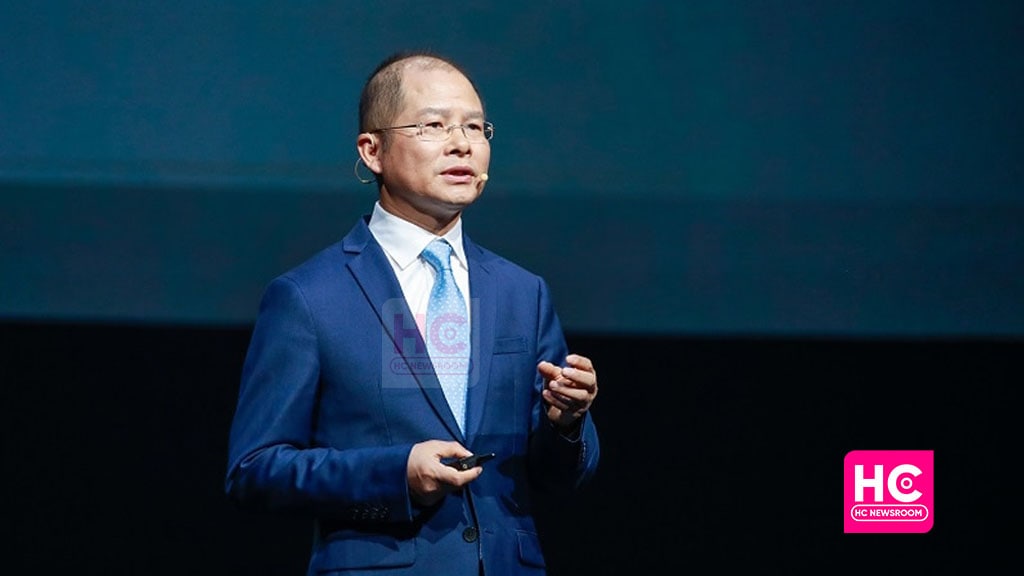
The head of Huawei said that the new applications bring high requirements through output and delay, while the popularity of new applications will gradually increase.
At the 2022 Mobile World Congress (MWC), Huawei launched innovative gigabit fiber-to-the-room (FTTR) solutions. The solutions extend fibers to every room and aim to build an all-optical base for smart homes and digital enterprises, enabling gigabit Wi-Fi 6 coverage in each room and creating a brand-new digital life experience.
Published
on
By
Over the past month, global media has been speculating new Huawei chipset manufacturing patents and there’s a lot that may be coming this year, such as 12nm and 14nm chipsets.
According to the inputs coming from a well-known Weibo tipster, there are preparations going on for the first mass production of 12nm and 14nm chipsets.
Looking at the fact that the tipster (most of the time) provides inputs about Huawei, these 12 nm and 14nm chipsets may belong to no other than the Chinese tech makers.
For those who don’t know, nm stands for nanometer, a unit of measure for length. 1nm is equal to 0.000000001 meters—which is absolutely minute. In a CPU, nm is used to measure the size of the transistors that make up a processor.
Editor’s pick – 2022, a tough year for Huawei smartphones but also crucial
Also, Huawei has the most advanced chipset designing technologies, thanks to its years of research via the HiSilicon subsidiary.
Yes, the chipset development node is not advanced but it could be used for wearable devices. Interestingly, the tipster revealed that a certain set of these chips is already in use internally. 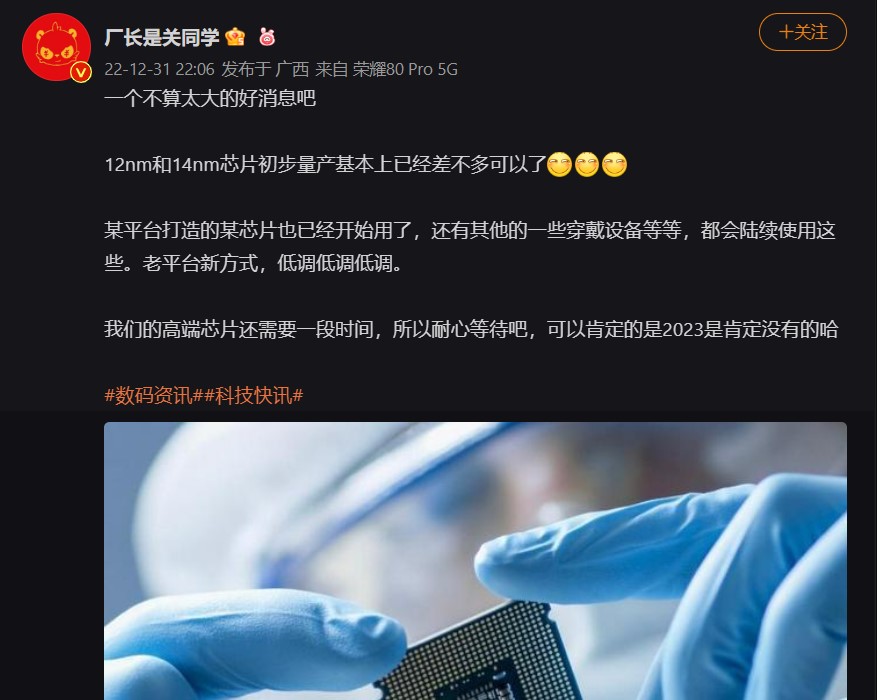
Why?
The key to moving with low-tech design is to be efficient and move gradually in the semiconductor industry. Although, all of the designs are mastered by HiSilicon but wearables and similar platforms would be nice to start with.
Advanced chip:
That’s not it, the work is underway on the advanced chipset and we’ll have to wait until 2024 to match the mobile application processor node.
The tipster comments that an advanced chipset won’t appear this year for sure, which makes sense.
Exciting news:
This is a piece of exciting news and whether it’s for Huawei or for the Chinese industry, Huawei will get benefit from the outcome.
Because Huawei has one of the biggest smart wearable portfolios and there are a lot of devices that could utilize this type of semiconductor. 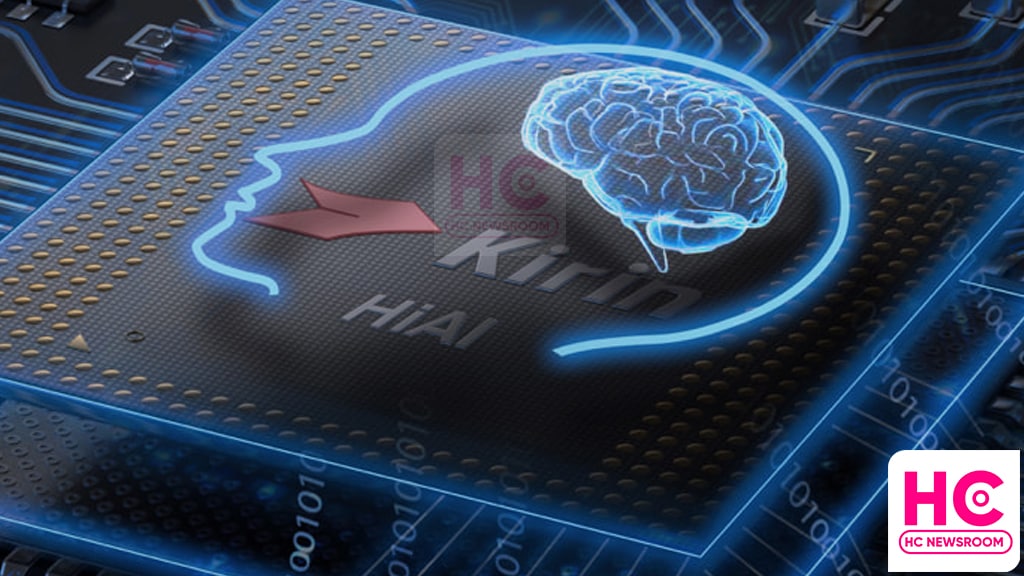
Kirin:
For now, Huawei’s Kirin chip inventory is exhausted and the company is solely relying on Qualcomm for a new chip for smartphones.
This situation originated after the U.S. ban and since then, Huawei can’t print new chip via TSMC or similar chip production companies.
But Huawei is reshaping its supply chain and trying to bring new partners together to resolve the current in-home chip issues.
Published
on
By
We’re about to complete 2022 and it was a tough year for Huawei but it was also an important one for the Chinese smartphone maker in every aspect whatsoever.
This year, Huawei skipped the Huawei P60 series launch event, which used to happen in the first quarter. However, the issues were related to a scrambled supply chain. After the events of the 2019 U.S. blacklisting, Huawei was under tight scrutiny and facing severe challenges in the supply chain.
Hence, components such as smartphone chipsets became hard to organize for new Huawei devices. In 2022, Huawei readjusted around the current business with Qualcomm and used 4G chips in the latest smartphones.
Since Huawei can no longer print HiSilicon chipsets via chipmakers such as TSMC, the company is relying more on Qualcomm and less on Kirin. The beginning was difficult but Huawei later assured sufficient Snapdragon supplies.
GMS:
Google Mobile Services and Play Store have been a big matter of concern for new smartphone buyers. This year, most consumers knew that Huawei phones no longer support Google apps. On the other hand, customers could now easily determine whether to buy a Huawei phone without any confusion.
EMUI and HarmonyOS:
2022 has proven to be a major year in EMUI and HarmonyOS software rollout history and it brings you the latest features. However, the latest version is yet to rollout for old phones.
Smartwatch and wearables:
Other than smartphones, Huawei is focusing on all of the smart consumer platforms such as tablets, smartwatches, and earbuds. The company continues to innovate for a better user experience and launch new products.
Signs of return:
Progress leads toward a positive state and the progress made over the past year is crucial from all angles. To understand, Huawei is gradually returning shipment records in the Chinese market. A place, where Huawei ruled supreme before the U.S. ban.
2022 was a tough year, the move in market share is gradual but the positive numbers for Huawei are encouraging and it laid out a good foundation for 2023. 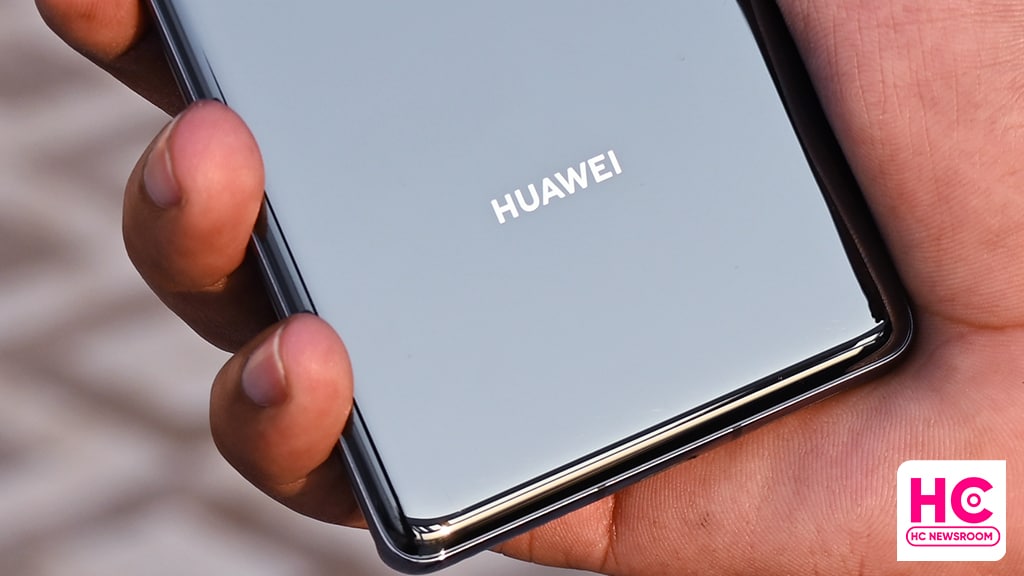
Copyright © 2022 Huaweicentral.com